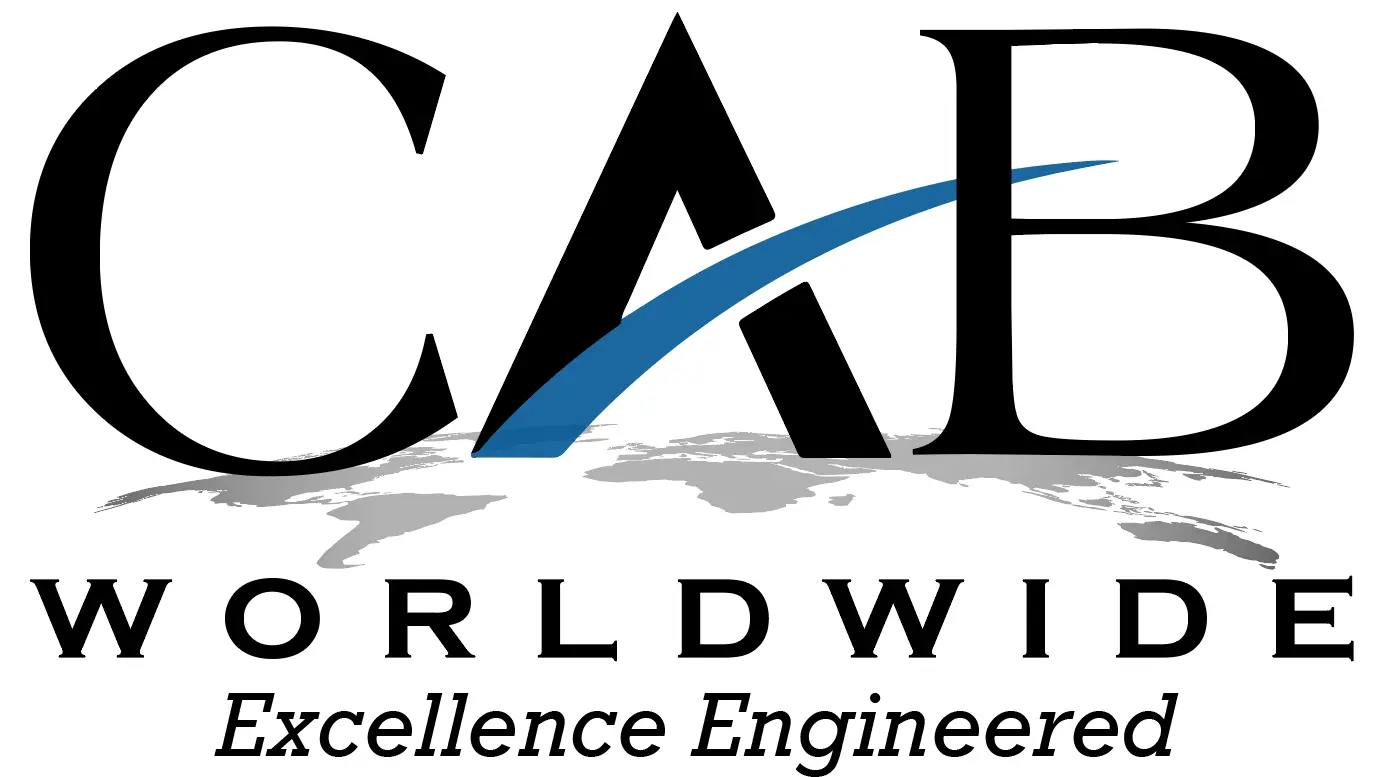Once a company gets off the ground, the next step usually involves optimizing processes and adopting a model of continuous improvement, also known as Kaizen. Within the manufacturing space especially, this business model has taken over as part of a lean strategy that promotes efficiency.
5S builds off of Kaisen as an organizational system that aims to improve all aspects of business, from safety to profitability. But what does 5S actually stand for? The original words are Japanese and all begin with the letter “S,” and fortunately, so do their English translations.
Sort (Seiri) – The first step in implementing a 5S strategy involves going through everything in your work space and identifying items that can be eliminated. If your desk is currently full of clutter, this might be a good place to start. Remove anything that you do not need.
Set in Order (Seiton) – Once you figure out what items need to stay, come up with a place for each one. This is especially helpful when maintaining inventory – keep a record of where each item should be stored for easy reference.
Shine (Seiso) – Clean your work space. This may seem redundant, but organizing items is not the same as cleaning the overall area. Having a space that is free of dust and bacteria means a healthier work environment for employees, which can improve attendance and productivity.
Standardize (Seiketsu) – Once you have a setup that works, create a plan around it so that it sticks. Come up with a regular maintenance schedule to ensure each task gets done at regular intervals.
Sustain (Shitsuke) – In addition to training all employees on their assigned roles, regularly check in to make sure that rules are being followed. In addition, as businesses grow there are opportunities for changes in the process. Continue to seek out areas of waste and eliminate them, while also making room for new products and services.
By adopting a 5S strategy, manufacturers can focus on running a lean operation without sacrificing the health and safety of employees. This allows the business to function at peak capacity with minimal interruptions in service.
Some people have even adopted a 6S approach, with the last “S” referring to Safety. Though safety is an inherent goal of the 5S approach, it’s important to clarify it as an additional focus on its own. This avoids the potential for certain hazards being overlooked in an otherwise clean and organized environment. And since workplace accidents can lead to unexpected losses in productivity and increased costs, it makes sense to include safety as part of a lean manufacturing strategy.
